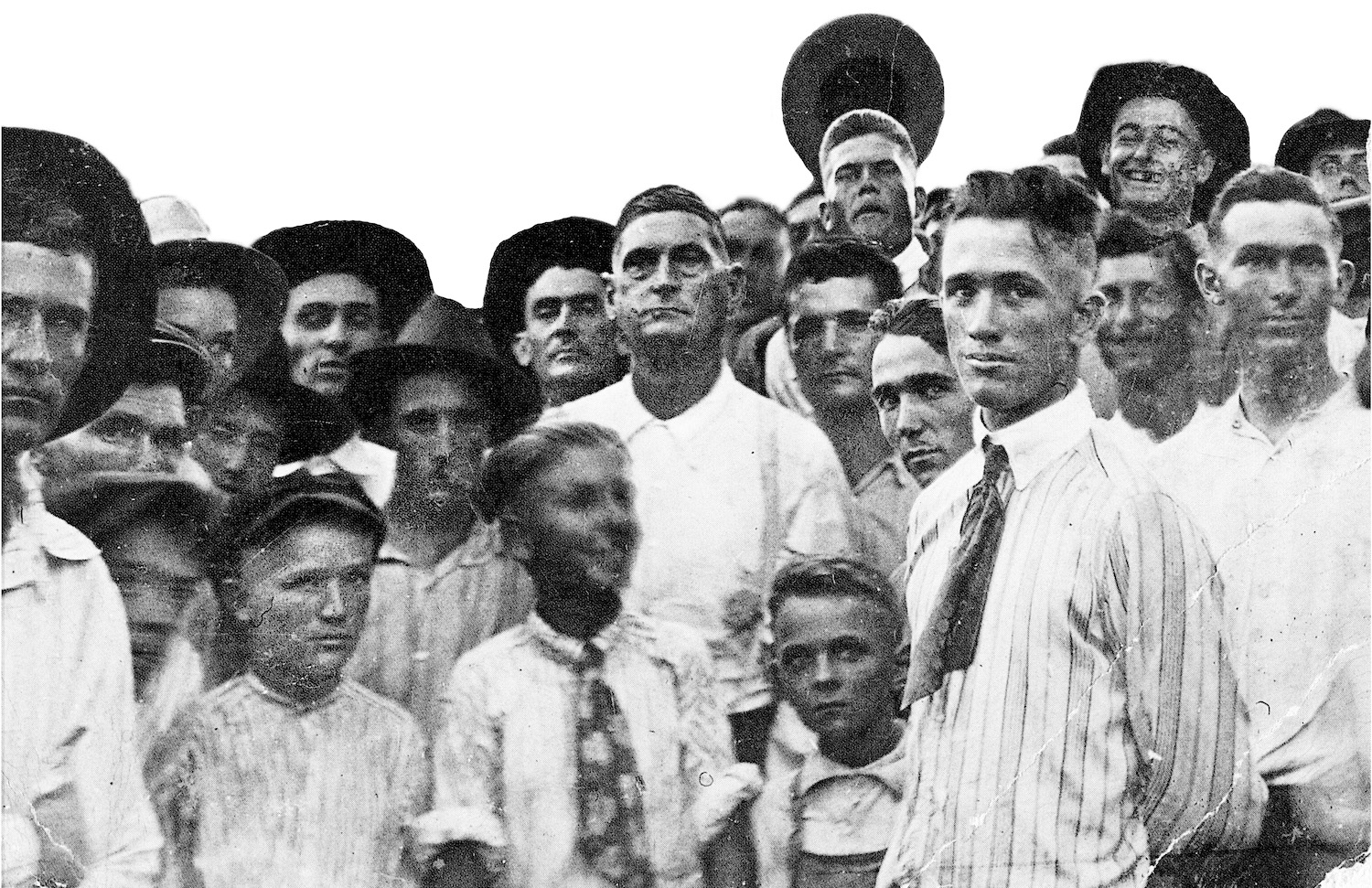Palimpsest: Present Through Past
Ashley Freeby
February 17 – March 8, 2017
Gallery X
Contributing Artists
Ashley Freeby
Exhibition Statement as Preserved in the SUGS/SITE Archives:
Dear viewer,
My research on lynching began, in August of 2015, after finally bringing myself to watch the video of a white police officer pulling over an African American woman for what seemed like a routine traffic stop. Sandra Bland’s story sparked something in me, realizing the legacy of racial violence against people of color has moved from the lynch mob to police officers. From that moment on, I intensely began researching the history of lynchings, a history I did not learn about in school.
In the beginning, the focus was on how the victims could be memorialize. I wanted to know what this person did or did not do in order to deserve this form of punishment. What crime did they commit if they even did in fact commit a crime? Was there a trial? As my questions started to be answered by more reading, my focus turned to historical lynching photographs. With a closer, I began to see the crowd and over time they became the most haunting part of the images. The Crowd is a dissected version of historical lynching documentation, the black bodies have been removed, leaving the crowd and making them life-sized. For some reason, I wanted to look them in the eye and study their facial expressions. Why would someone come to a public spectacle of someone being murdered? To witness, with family and friends, a mutilated lifeless body? To celebrate death with souvenirs? If I could look them in the eye, maybe my questions could be answered.
Lynchings were acts put into action by White Americans to assert racial order, to instill fear and create guidelines for who and what African Americans could be in the United States. Whether a crime had been committed in fact or fiction, or a minor social transgression, or speculations of interracial relations, a trial through the white owned criminal justice system would not suffice the majority of the population. So, lynching became a necessary recourse to regain domination over people of color. Palimpsest: present through past, is an essential preview of the white Americans who took part in these events. Accountability has never been brought to the individual who participated and viewed these events; they got away with murder.
The trauma of this history still lingers, as the country has not yet dealt with this horrific past. The story of racial violence in history books, is on the same page, but the text has been scraped away and filled in with new acts but the premise has stayed the same. I strongly believe that without facing and understanding the depth of racial injustices throughout history, we as a country cannot move forward.
Best,
Ashley Freeby
Programs
Panel Discussion
Monday, February 6, 4:00 PM
LeRoy Neiman Center Lobby
Participants:
Jenny Lee (Faculty)
Celine Setiadi (BFA 2017)
Xue Yang (MAAH 2018)
Program statement from the SUGs/SITE archive:
This panel will look at studio and research practices in relation to social movement, collective action and political participation in Hong Kong, China and Taiwan, paying particular attention to the implications of representing such work outside its origin. How does socially engaged art and research in transnational or translated contexts consider local and diasporic visual cultures, often drawing upon ideas of “home”, everyday economies, tradition and popular media? Can we make region-specific socio-political interventions outside of those very regions? How is this “long-distance” approach impacted by cultural authenticity or ambiguity, tokenization and appropriation? How does distance and movement away from geographically or nationally centered work enable art and visual culture to figure in minority representation in the space of the global?



